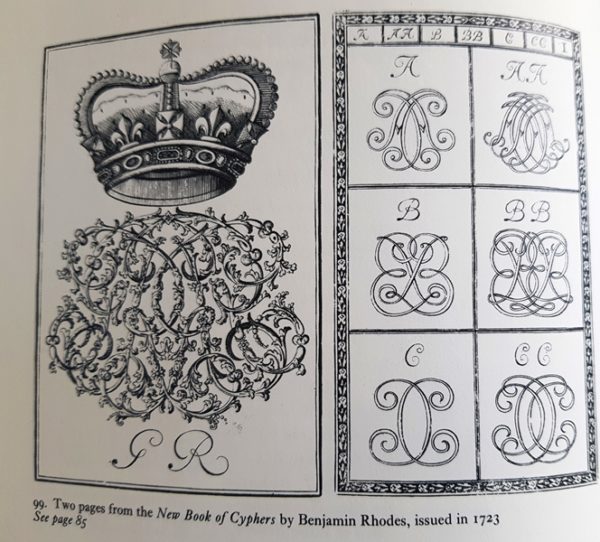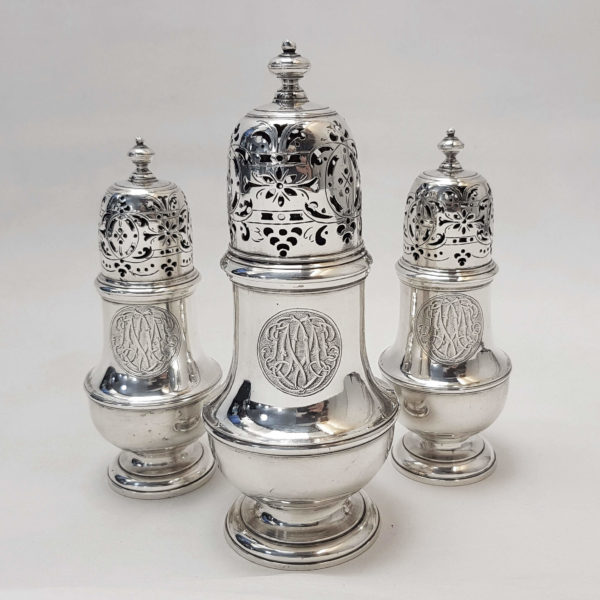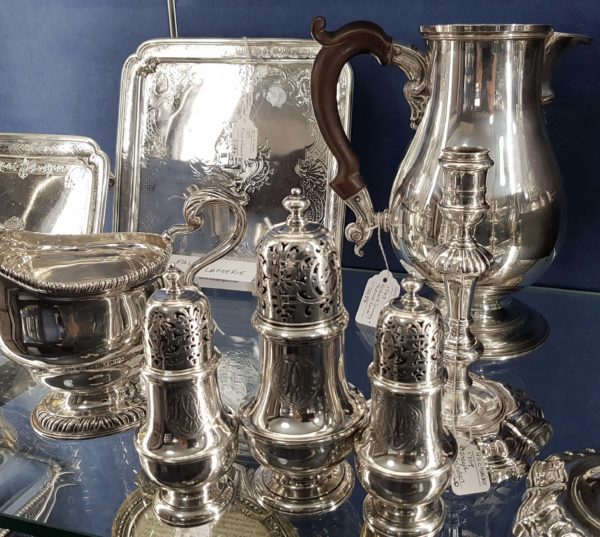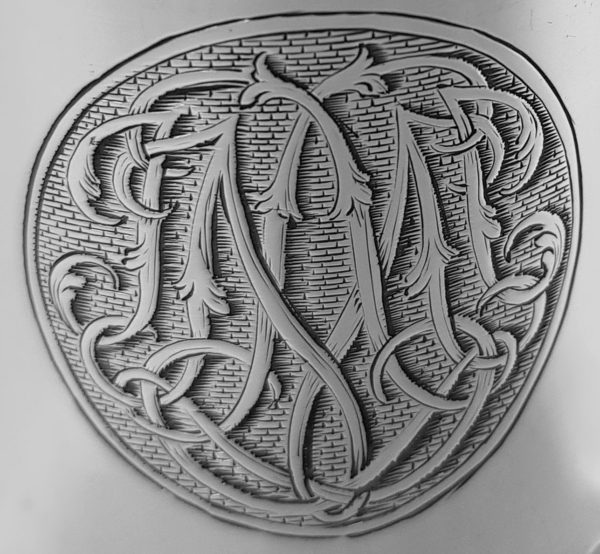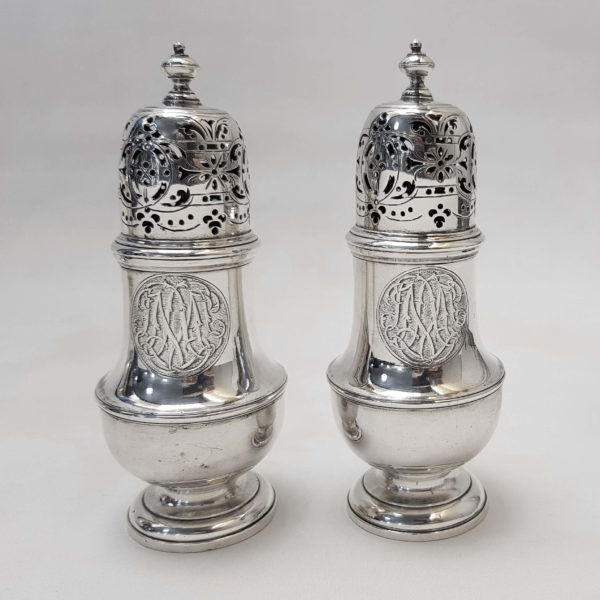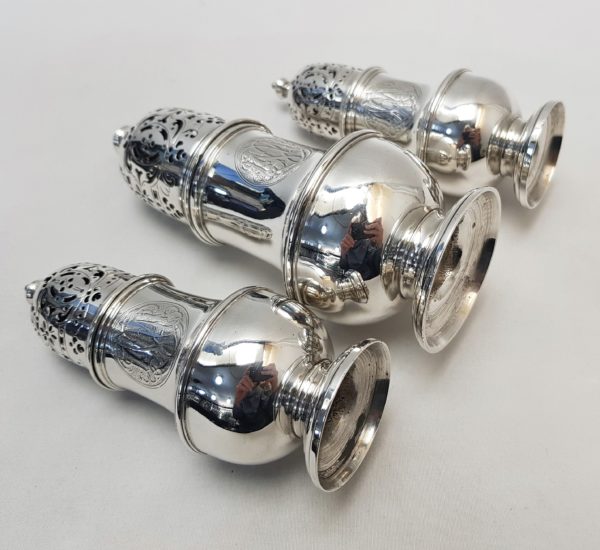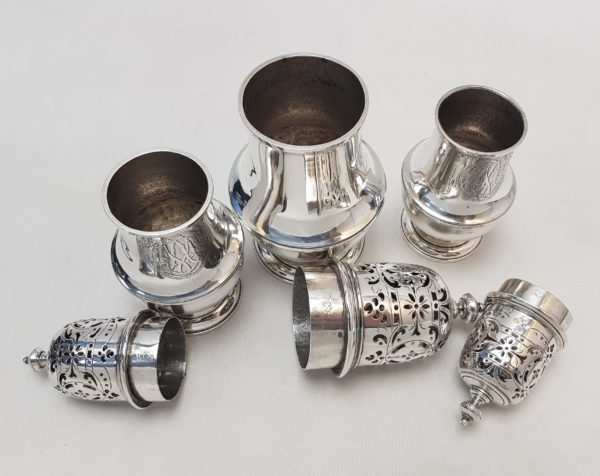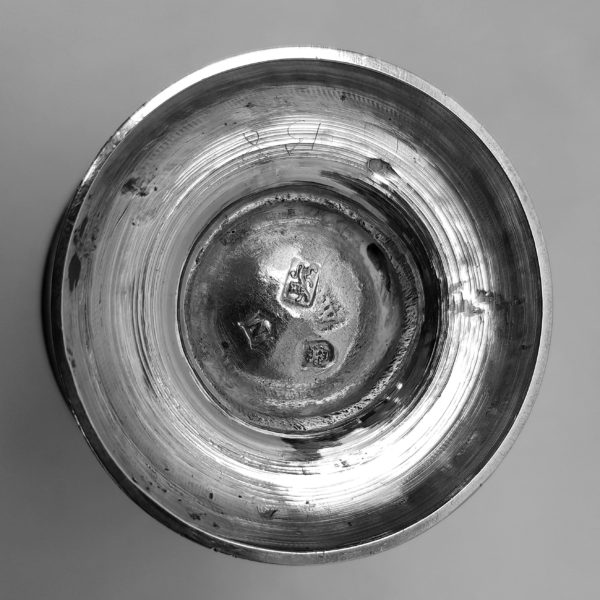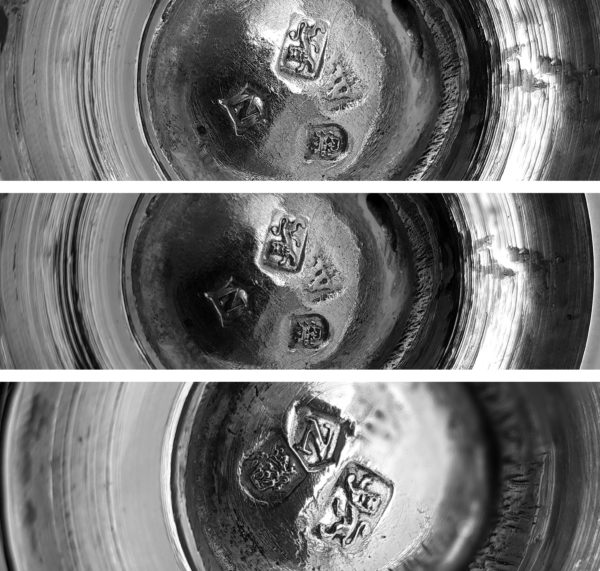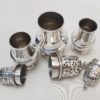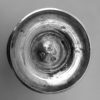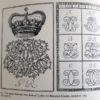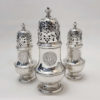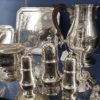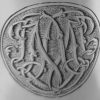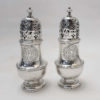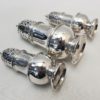Set of George II Silver Casters
SOLD
Stock: 10214
Date: 1728
Maker: Samuel Welder
Country: England
A super quality set of 3 antique silver castors with pierced removable tops. Classic plain form. Heavy gauge and chunky...
Description
Condition
These excellent silver castors are in very condition. Lovely antique colour. They show moderate signs of wear commensurate with age.
Maker Information
Maker: Samuel Welder
Samuel Welder, London silversmith, apprenticed to Robert Keble in 1707, free 1714. 1st mark entered as largeworker 1714, 2nd mark 1717, 3rd (sterling mark) 1720, 4th mark 1729. Welder was a specialist caster maker of the period. Welder’s mark is sometimes confused with Samuel Woods’ mark (also a specialist caster maker). Although similar in appearance Wood’s 1st mark wasn’t entered until 1730.
Our Guarantee
Customer satisfaction is our primary concern
All silverware on our website is checked thoroughly prior to offering it for sale and every product listing contains a condition report and details of the silver hallmarks.
All items offered on our website include:
- Free Shipping Worldwide
- Tracked and Insured
- 14 day no quibble money back guarantee
- We are accredited members of LAPADA and conform to their strict professional standards
- We dispatch 1-3 days after receiving cleared payments
More detailed information about deliveries, returns and how to pay is available in the Help section at the bottom of this page.
